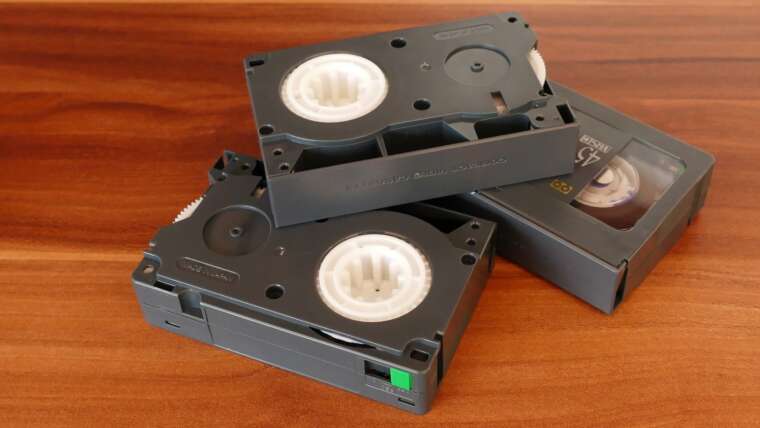
Knowing about the latest technology is essential to buy a new phone. From nanobatteries to eSIM, here’s everything you need to know about the tech making the world of mobile phones a better place.
Smartphones aren’t just about getting calls and text messages; they’re also transforming our lives in extraordinary ways. As we move forward, you can expect more and more of these exciting advances in mobile technology.
Nanobatteries
Nanobatteries are small and lightweight batteries that can be integrated into products for consumer use. They offer advantages over traditional lithium-ion (Li-ion) batteries, including higher power density and longer battery life.
These batteries also avoid exploding or catching fire, which can damage electronic devices and reduce the time it takes to recharge a battery. They can be incorporated into devices such as computers, laptops, cameras, and electric vehicles.
Smart nanobatteries have a unique energy storage system that does not require toxic metals. It relies on various chemicals residing on top of the nanostructures in a dormant state until they are activated. The substances are then used to neutralize the charge in the battery’s electrolyte, which causes a reaction to produce a measurable voltage and current.
eSIM
eSIM (Embedded SIM) is a software-driven technology that allows wireless service providers to track cellular device users without removing the physical card. It is gaining popularity as more and more smartphones use it.
Embedded SIMs can be used in devices from smartphones and tablets to portable PCs. They also enable deploying new mobile services like 5G and IoT connectivity.
Another benefit of eSIMs is minimizing the need for physical phone space. It helps smartphone OEMs and designers add more features and increase battery sizes.
Eventually, eSIMs will eliminate the need for a physical SIM tray and card. It will help phones be smaller, more durable, and less vulnerable to water damage.
OLED/E-ink
E-ink is the ‘electronic ink’ technology on e-readers and mobile phones. The displays use electrophoretic technology, meaning they don’t need backlights like LCDs.
It is a massive advantage because it allows the screen to be less prone to glare in bright conditions, and they’re also incredibly durable.
However, E-ink has its drawbacks. For one, it’s unable to display colors, but this has yet to stop the technology from being famous.
The latest phone technology uses a dual display, with an OLED on top and a transparent E-ink display below. You can switch between the two shows to save battery power.
Stretchable Display
A new type of display that can be flexed, folded, and twisted is now available to consumers. It can be used in smartphones, TVs, and monitors that can be curved, bent, or even rolled up out of sight when not in use.
This stretchable display was developed using micro LEDs with a sub-40mm pixel pitch. It is built on a unique silicon substrate and features circuits shaped like springs, allowing the display to bend or fold without damaging the screen.
The display has a resolution of 100 pixels per inch (PPI) and can be displayed in full-color RGB. It is “close to commercialization” and will be used for clothing, wearables, mobility devices, and gaming peripherals.
Mobile Augmented Reality
Mobile augmented reality uses a smartphone to overlay digital information on top of the real world. Unlike virtual reality, which requires special hardware and software, mobile AR can be used anywhere.
Typically, it uses sensors, such as cameras and accelerometers, in conjunction with a GPS to provide data about the user’s location. It can also use solid-state compasses to detect the orientation of the device.
The largest class of AR-capable devices is smartphones, which are being updated to handle this new technology rapidly. These phones are widely distributed globally and have the necessary processors, GPUs, and sensors to support this new technology.


